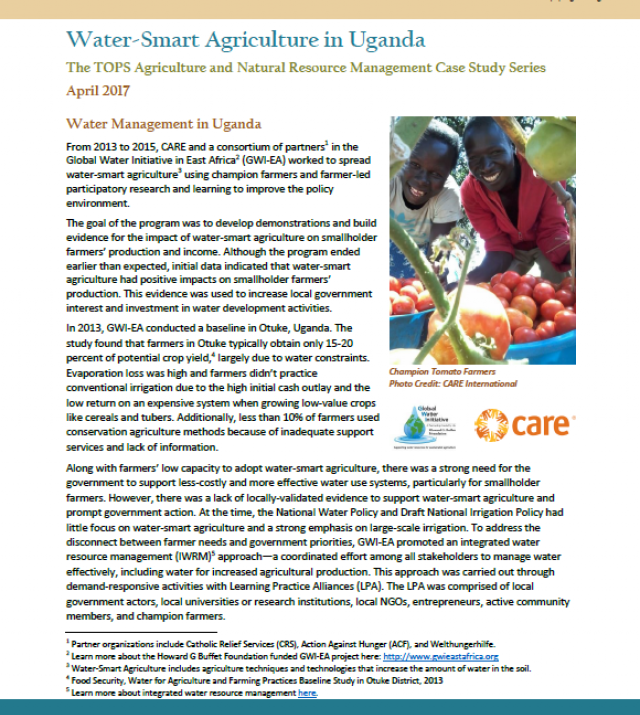
Resilience Design for Water and Landscapes: The Story of the Sponge Village at Atego

This primer is designed to support those working in humanitarian and development contexts by highlighting a design process for increasing community resilience to shocks and stresses ranging from social and economic upheaval to natural disasters such as floods, drought, increased heat and aridity, loss of living soils and biodiversity, and compromised ecosystem services due to degenerative land practices. The design process described in the following pages is based on low-cost, low-tech, process-based solutions that mimic natural processes and ecological cycles. The application of this approach can open up opportunities for new livelihoods based upon organic food systems, while buffering communities from the impacts of weather and climate-related shocks and stresses.

